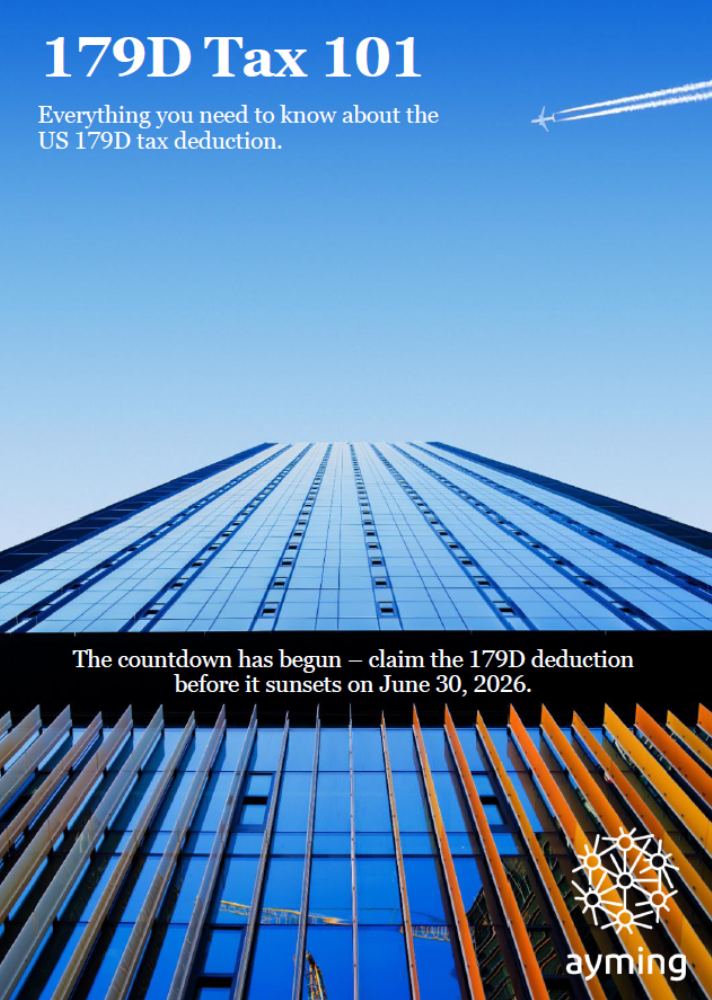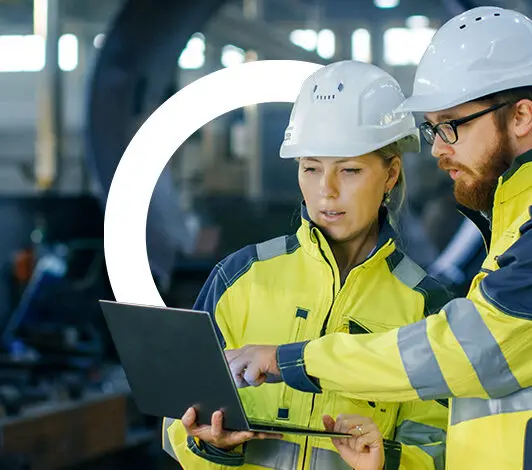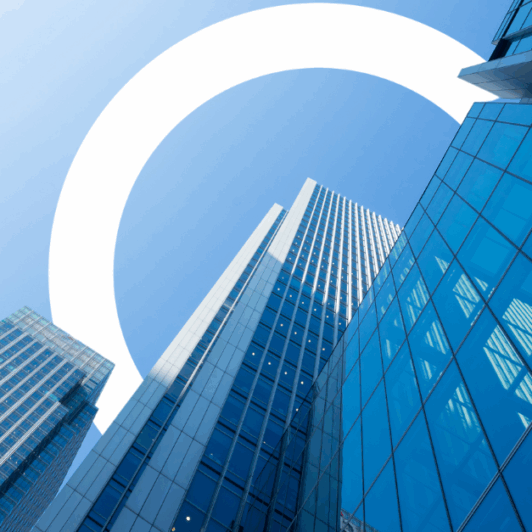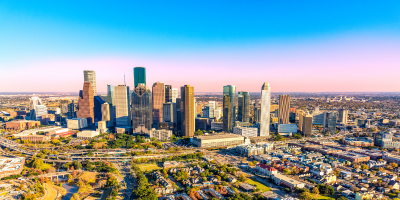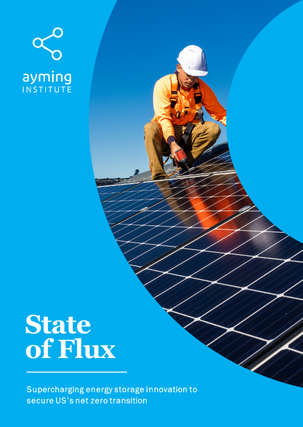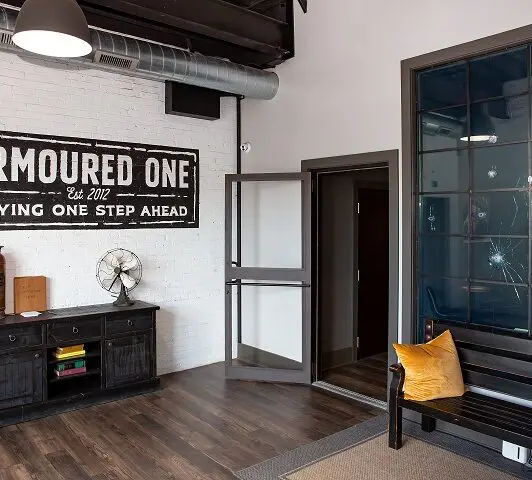As energy costs rise and sustainability rules get stricter, Section 179D has become a key incentive. It helps improve efficiency in commercial buildings and rewards sustainable design. This deduction supports projects that reduce energy consumption and align with ESG objectives.

What is Section 179D
Section 179D, called the Energy-Efficient Commercial Building Property (EECBP) Tax Deduction, was created to help commercial building owners. It encourages them and primary designers to use energy-efficient features in new or existing commercial and government buildings.
This program allows building owners to get a tax deduction of up to $5.81 per square foot. This is for making new and existing buildings more energy efficient.
Who can qualify?
To qualify, a building must meet or exceed key energy reduction requirements and ASHRAE standards.
Taxpayers and/or building owners who invest in new construction or in improvements to existing buildings are eligible. Primary designers, like architects, engineers, manufacturers, green building consultants, and contractors, can claim the deduction. They must receive an allocation from their work completed on tax-exempt entities.
Eligible tax-exempt entities may include:
Improvements must reduce energy use by making investments in any of the following categories:
- Building envelope (i.e. improvements to walls, floors, roofs, fenestrations, and doors)
- Heating, ventilation, and air conditioning (HVAC) systems
- Interior lighting systems
Countdown for 179D
The new “One Big Beautiful Bill” (OBBB) has passed. It includes new laws and sets an expiration date for the Section 179D energy-efficient commercial buildings deduction. The new law is set to phase out eligibility for projects beginning construction after June 30, 2026.
This creates a limited window for tax planning, project scheduling, and energy-efficiency integration.
Even though the deduction is ending, there is still time for developers and design professionals. They can speed up planned upgrades and secure savings on energy-efficient investments.

Expertise
How we can help
Project feasibility review
Identify eligible projects and calculate potential savings.
Design integration support
Ensure energy-efficiency upgrades meet ASHRAE standards.
Tax planning coordination
Work with your CPA to align project timing with eligibility window.
Alternative incentives guidance
Explore state or utility-based programs to supplement federal incentives.
Why choose Ayming?
Billion secured for our clients globally
Million secured in tax credits for our US clients in the past year
clients globally in all sizes and sectors
success rate on all claims submitted


